About 1 in 6 kids in the U.S., or 17%, face developmental delays1. These issues can deeply affect a child’s emotional, mental, and physical growth if not caught early. It’s vital for parents to spot early signs to help their kids succeed. We’ll look at six important signs that might show a child is facing developmental challenges.
Key Takeaways
- Developmental delays can affect various areas of a child’s growth, including social, emotional, physical, language, and cognitive skills.
- Early intervention is crucial for helping children with developmental delays catch up to their peers.
- Warning signs can appear as early as 9 months old and should be monitored closely throughout a child’s early years.
- Understanding the difference between developmental delays and disabilities is important for seeking the appropriate support and resources.
- Parents should consult with healthcare professionals if they have concerns about their child’s development.
Understanding Developmental Delays in Children
Developmental delays in children mean they don’t reach milestones on time. This can affect their physical, cognitive, social, emotional, and language skills2. Knowing about these delays helps us support them early on.
What Constitutes a Developmental Delay
A developmental delay is when a child takes longer to hit important milestones. This can include sitting, crawling, walking, speaking, or solving problems2. The severity and duration of these delays depend on the cause and how well the child responds to help.
Difference Between Delays and Disabilities
It’s key to know the difference between delays and disabilities. Delays are temporary and can be overcome with early help. Disabilities, however, are lifelong and need ongoing support and adjustments3.
Prevalence in the United States
About 17% of children in the U.S. face developmental delays2. These delays can greatly affect a child’s development and happiness. So, finding and helping them early is very important.
“Early intervention is key to helping children with developmental delays reach their full potential. With the right support and therapies, many children can overcome or manage their delays and thrive.”
Early Signs of Social and Emotional Challenges
It’s important to spot early signs of social and emotional delays in young kids. Social and emotional developmental delays can show up as trouble playing games, not knowing familiar faces, or not responding to others4. Look out for signs like not making eye contact, not pointing, ignoring others, and extreme behavior4.
Parents should watch how their child interacts and feels at different ages, from 9 months to 5 years5. Important milestones include smiling at others by three months and showing preferences by 12 months5.
- By age 2, kids start seeing themselves as separate, leading to a sense of self and unique traits5.
- At age 4, kids become more independent and creative, learning to share and empathize5.
- By 5, kids often prefer friends over family and start to understand gender differences5.
About 17 percent of kids face some kind of developmental delay5. Experts like occupational therapists and child psychologists can help5.
| Emotional Developmental Milestones | Age Range |
|---|---|
| Three distinct emotions present: anger, joy, and fear | Birth |
| Infants recognize smells and voices of caregivers, respond to gentle touch | 1-2 months |
| Infants begin to regulate physiologically, calm themselves, give responsive smiles, respond to gentle calming | 2-3 months |
| Sensitive cooperative interaction with caregivers helps infants manage tension | 4 months |
| Infants recognize primary caregiver by sight | 5 months |
| Effective attachment relationships establish with responsive caregiver | 6-12 months |
| Stranger anxiety emerges, infants distinguish between familiar and unfamiliar | 6-12 months |
| Joint attention skills develop, infants look in same direction as caregivers | 8 months |
| Proto-imperative pointing emerges, children point at objects of interest | 12 months |
| Children bring objects to show or give to caregivers | 18 months |
| Empathy and self-conscious emotions emerge | 15 months |
| Individuation (autonomy) emerges | 18-30 months |
To help kids grow socially and emotionally, parents can encourage them to play with others, show empathy, and praise good behavior5. Early help and talking about feelings at home are key for kids with delays4.
Supporting kids, especially those from military families, through changes and giving them a safe place to share feelings is important for their well-being4.
Physical Development Warning Signs
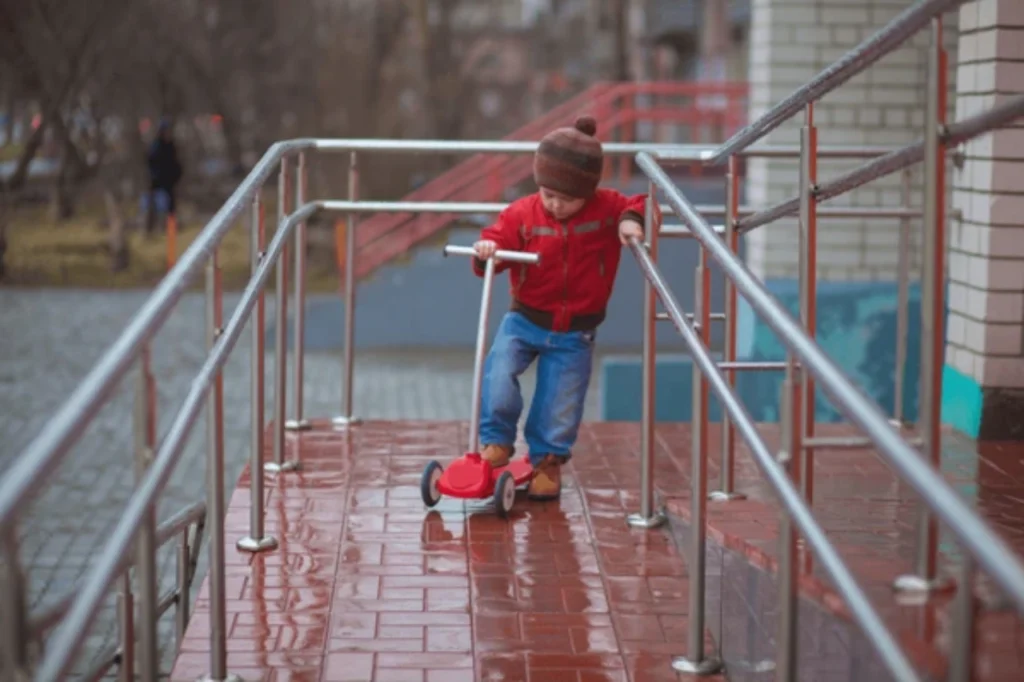
It’s important to watch how your child moves and grows. Motor skills and movement milestones can show if there are any problems. Developmental delays might mean your child has trouble rolling, sitting, or walking. They might also have stiff or floppy muscles, or have trouble balancing.
Gross Motor Skills Concerns
Parents often worry if their child moves differently than others. They might notice their child can’t do things they should be able to do. For example, not being able to jump by 3 or ride a tricycle by 4 could be a sign of a problem6.
Fine Motor Skills Red Flags
Having trouble holding a crayon or stacking blocks can be a sign of a delay. Children who resist getting dressed, sleeping, or using the toilet might also be showing signs of a problem6.
Movement Milestones to Monitor
The American Academy of Pediatrics (AAP) has a tool to help parents spot delays in children from 2 months to 5 years old. This tool can help find motor skills issues early on7. Early help, like physical therapy, can make a big difference for kids with delays7.
There are also support groups and resources for families dealing with these issues. Places like the Muscular Dystrophy Association and the National Down Syndrome Society can offer help and guidance7.
Language and Communication Indicators
Early language and communication skills are key for young kids. Delays in these areas are common developmental delays parents see. It’s important for parents to watch their child’s speech and communication closely.
A sign of speech delay is not babbling by 9 months8. Also, not having a big vocabulary by 18 months is a red flag9. Not speaking in simple sentences by 3 years old also means a child needs help.
- Not following simple commands or using pronouns by 2 years old is another sign.
- Not being able to talk about daily activities by 4 years old is a warning sign too9.
Starting speech therapy early can really help kids with communication issues8. Parents should work with their pediatrician to keep an eye on their child’s progress.
Spotting and fixing speech delays and language development problems early helps kids a lot89.
“Early intervention is key when it comes to speech and language delays. The sooner families can get the support they need, the better the long-term outcomes for the child.”
Cognitive Development Red Flags
Cognitive skills are key for kids to do well in school and life. But, some kids might struggle with solving problems, learning, and remembering things. This can slow down their growth10. It’s important for parents and caregivers to know the early signs of these challenges.
Problem-Solving Skills Assessment
Watching how a child solves problems can tell us a lot. Look for signs like trouble following simple directions or playing pretend. If they don’t get excited about games or can’t tell “same” from “different,” it might be a sign10.
Learning and Memory Concerns
Learning and memory are key parts of growing up. If a child finds it hard to learn new things or remember them, it could mean they’re falling behind. Keep an eye on how well they pick up new knowledge and use it in different ways10.
Acting fast is key to helping kids who are falling behind. Research shows that early help can really make a difference11. By spotting these signs early and getting help, parents can make sure their kids reach their highest potential.
| Cognitive Development Concern | Prevalence |
|---|---|
| Childhood apraxia of speech | 1-2 children per 1,00010 |
| Expressive language delays | 7-8% of preschool children10 |
| Late talkers | 15-25% of the population10 |
| Learning disabilities impacting speech and language | 5-10% of children10 |
| Dysarthria (motor speech disorder) | Approximately 1% of the population10 |
| Delayed motor skills | 5-6% of children10 |
| Social and emotional development delays | 10-20% of children10 |
Spotting these signs early and getting help can really help a child grow. About 13% of kids under 3 might need early help to catch up11. By tackling these issues quickly, parents can help their kids overcome learning hurdles and reach their full potential.
“Early intervention is crucial for addressing cognitive development delays. Studies have shown that early intervention services significantly improve a child’s cognitive development by addressing delays promptly.”
Vision and Hearing Warning Signs
Developmental delays can affect a child’s growth, including their vision and hearing12. Parents should watch if their child can follow moving objects, focus their eyes, and hear sounds. Finding vision or hearing problems early is key to helping them develop well.
Signs of vision trouble include trouble following moving objects, eyes crossing, or focusing on close things. Hearing issues might show as not reacting to loud noises or not babbling and talking on time13.
- Tracking moving objects with their eyes
- Maintaining steady eye contact
- Responding to sudden, loud sounds
- Developing age-appropriate speech and language skills
By watching these signs, parents can spot delays early and get help1213. Early action is crucial for kids with vision or hearing problems to do their best.
If you worry about your child’s vision or hearing, talk to a doctor. Pediatricians can check and send you to experts like eye doctors or hearing specialists. Fixing these issues early can greatly help a child’s growth and health1213.
The Impact of Environmental Factors
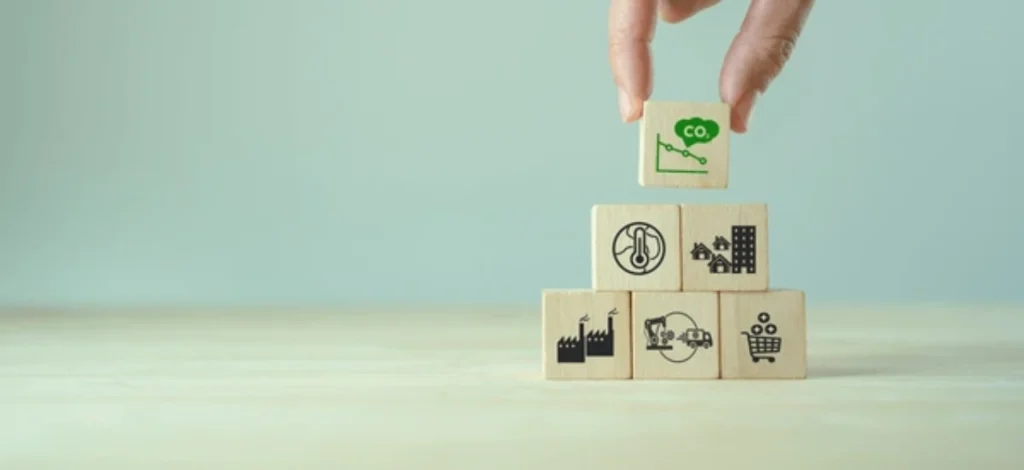
Many things in a child’s environment can affect their development. Studies suggest that premature birth, genetic conditions, malnutrition, exposure to toxins, and lack of stimulation can lead to developmental issues14. Also, a family history of developmental challenges and prenatal complications can raise the risk of delays14.
Family History Considerations
Knowing your family history is key when looking at developmental delays. Research shows that kids with a genetic predisposition or family history of developmental disorders are more likely to face similar challenges14. Parents should talk about these factors with their healthcare providers to ensure the right monitoring and interventions.
Prenatal and Birth Complications
Many prenatal and birth complications can lead to developmental delays14. These include low birth weight, gestational age, birth defects, perinatal hypoxia, and respiratory stress14. Expectant parents should work closely with their healthcare team to address any issues during pregnancy and delivery. Early intervention can greatly impact a child’s development.
| Environmental Factor | Potential Impact on Developmental Delays |
|---|---|
| Premature Birth | Increased risk of developmental delays14 |
| Genetic Conditions | Increased risk of developmental delays14 |
| Malnutrition | Increased risk of developmental delays14 |
| Exposure to Toxins | Increased risk of developmental delays14 |
| Lack of Stimulation | Increased risk of developmental delays14 |
| Family History of Developmental Disorders | Increased risk of developmental delays14 |
| Prenatal Complications (Low Birth Weight, Gestational Age, Birth Defects, Perinatal Hypoxia, Respiratory Stress) | Increased risk of developmental delays14 |
“Understanding the impact of environmental factors is crucial in addressing developmental delays in children. By recognizing potential risks and working closely with healthcare providers, parents can take proactive steps to support their child’s growth and wellbeing.”
Common Types of Developmental Delays
Developmental delays can show up in many ways. They can affect one area or many parts of a child’s growth. Before the age of 2, signs of a developmental delay are usually first15. Knowing the specific type of delay is key for the right help and support.
Cognitive delays can make it hard for a child to think and learn. They might struggle with following instructions, speaking, and playing. Conditions like Autism Spectrum Disorder (ASD), Attention Deficit Hyperactivity Disorder (ADHD), and Down Syndrome are examples15.
“Global developmental delay” refers to young children who show delays in many areas. These delays can also affect a child’s motor skills and how they process sensory information.
| Type of Delay | Common Conditions | Recommended Interventions |
|---|---|---|
| Cognitive | Autism, ADHD, Down Syndrome, Fragile X Syndrome, Cerebral Palsy, Dyslexia, Dyscalculia, Intellectual Disability, Learning Disability | Play therapy, Behavioral therapy, Parent-led methods |
| Sensorimotor | Hearing Impairment, Sight Impairment, Ataxia, Muscular Dystrophy, Myopathy, Spina bifida, Autism, Cerebral Palsy | Physical therapy, Occupational therapy |
| Socioemotional | Autism, Asperger’s disorder, Social-emotional processing disorder, Social communication disorder, Non-verbal learning disorder, Anxiety disorders | Behavioral therapy, Skill-oriented therapy, Play therapy, Medication |
| Speech and Language | Speech Production Disorder, Receptive Language Disorder, Expressive Language Disorder, Childhood Apraxia of Speech, Dysarthria, Autism | Speech and language therapy, Parent-led exercises |
Socioemotional delays can make it hard for a child to interact and understand emotions. Speech and language delays can make it hard for them to communicate and understand others16. Early help through screening and therapy is key for the best results.
When to Consult Healthcare Professionals
As parents, it’s important to watch for any delays or steps back in your child’s growth. If you see worrying signs, it’s key to talk to healthcare experts. They help spot and fix problems early.
Pediatrician’s Role
Your child’s pediatrician is your first stop for regular checks. They can spot issues and guide you17. About 1 in 6 kids in the U.S. face developmental or behavioral challenges17. Your pediatrician will decide if your child needs to see specialists.
Specialist Referral Guidelines
If your pediatrician finds possible delays, they might send your child to experts. This could be speech therapists, occupational therapists, or developmental pediatricians17. Early help can really help a child grow and develop better17.
18 Studies say 15% of U.S. kids from three to 17 years old might have delays18. Regular checks can find more issues (23% to 26% vs. 13%) and help get help sooner18. Working with healthcare pros ensures your child gets the right care and support.
Early Intervention Strategies
Early intervention is key for young children with developmental delays19. These services start from birth to 3 years old. They are often free or low-cost for families who qualify19.
By starting early, parents and caregivers can greatly help a child learn new skills. This support is vital for success in school and life19.
Developmental delays affect up to 1 in 6 children in the U.S. Early help boosts a child’s learning, social, and physical growth20. Services include speech, physical, and occupational therapy, helping kids keep up with their peers19.
Parents can help at home by doing activities that boost language, motor skills, and social skills19. The CDC’s Milestone Tracker App helps track a child’s progress and talk to doctors19.
Even with waiting for services, it’s important to support a child’s growth at home19. Early programs offer specific help and resources. They aim to help children reach their best, helping the whole family1920.
In short, early intervention is vital for young children with delays. By using these services and supporting at home, parents and caregivers can greatly impact a child’s life. This sets them up for success in school and beyond1920.
Assessment and Diagnostic Process
Finding developmental delays in young kids is a detailed process. Doctors start with developmental screening tools to spot problems early. These tools, like questionnaires or checklists, help find areas that need more checking21.
If delays are thought of, experts like child psychologists do deeper checks. They use tests for thinking, talking, and moving to see what’s not quite right22.
Screening Tools
Screening tools are key in catching delays early. Doctors might use the Ages and Stages Questionnaire (ASQ) to ask parents about their child’s growth22. They also use tests like the Denver Developmental Screening Test to check a child’s skills in person22.
Evaluation Methods
When a delay is suspected, experts do detailed diagnostic tests. These tests look at thinking, talking, and moving skills22. The findings help create plans to help the child21.
Finding delays early and acting fast can really help a child’s future. Doctors and families work together to make sure kids get the help they need to do well21.
Treatment Options and Therapies
If a child is diagnosed with a developmental delay, there are many treatment options and therapies available. These interventions are tailored to the child’s specific needs. This ensures an individualized approach to address developmental challenges23.
Speech and language therapy can help children with language and speech delays improve their communication skills23. Occupational and physical therapy help children with motor delays. They develop the physical abilities needed for age-appropriate activities at home and school23.
Social skills therapy can aid children as young as three in learning social behavior, communication, and emotional control. This is often done in a group setting with a social worker or psychologist23. Cognitive Behavioral Therapy (CBT) aims to reduce worries, fears, and improve social and behavioral skills in children with social and emotional delays. Parents are involved in the treatment process23.
The Individuals with Disabilities Education Act provides free therapeutic and support services for children up to age three with developmental delays24. Occupational therapists help children with fine motor problems or sensory processing issues. Physical therapy enhances a child’s strength, coordination, and balance to achieve developmental milestones24.
Speech-language pathologists play a crucial role in addressing language or speech delays. They help children improve communication skills through language development, speech production, and language use24. They may also address oral motor problems by employing exercises to strengthen mouth muscles for improved feeding24.
Early intervention services have been shown to minimize and sometimes prevent the long-term effects of developmental delays. Approximately 1 in 6 children in the United States, or 17%, are diagnosed with at least one developmental delay25. The therapies aimed at addressing developmental delays, such as physical therapy, occupational therapy, and speech and language therapy, have proven to be highly effective. They support children with developmental delays to achieve significant progress in their developmental milestones25.
Supporting Parents and Caregivers
Helping parents and caregivers is key when dealing with developmental delays in young kids. Support groups, educational materials, and counseling can help families. Coping strategies like self-care and seeking emotional support are also important. They help manage stress and the emotional challenges of caring for a child with special needs26.
Studies show that caregivers of children with developmental disabilities can benefit from special parenting programs. These programs can boost their confidence and skills26. The Caregivers Skills Training (CST) program, developed by the World Health Organization, is a comprehensive approach. It includes nine group sessions and three individual home visits for caregivers26.
The CST program teaches caregivers to use everyday play and home activities to help their child’s development and learning26.
Parents of children with disabilities often face unique challenges. They may experience more stress during transitions, like moving from early intervention to preschool programs27. Families and caregivers of children with IDD may also face financial hardships due to caregiving responsibilities28.
Respite care services are crucial for these caregivers. They provide a much-needed break, helping caregivers maintain their health and balance work and caregiving28.
FAQ
What constitutes a developmental delay?
How do developmental delays differ from developmental disabilities?
What is the prevalence of developmental delays in the United States?
What are the early warning signs of social and emotional challenges?
What are the physical development warning signs to watch for?
What are the indicators of language and communication delays?
What are the red flags for cognitive development concerns?
What are the potential causes of developmental delays?
When should parents consult healthcare professionals for developmental concerns?
What are the key early intervention strategies for addressing developmental delays?
Source Links
- Developmental Delay in Children
- Types of Developmental Delays in Children
- Developmental Delay: Causes, Symptoms, & Therapies | Cardinal Glennon
- Social Emotional Developmental Delay – Let’s Talk About It! – The PROMISE Act
- What are Social and Emotional Developmental Delays – The Warren Center | Non-profit organization in Richardson, Texas
- Developmental Red Flags – The Children’s League
- Is Your Baby’s Physical Development on Track?
- Developmental Language Disorder
- Delayed Speech or Language Development (for Parents)
- Red Flags for Common Developmental Delays in Children
- Help Me Grow MN
- Recognizing Early Signs of Developmental Delays
- Understanding Developmental Delay
- Early environmental risk factors for neurodevelopmental disorders – a systematic review of twin and sibling studies
- Addressing the Types of Developmental Delays – ECCM
- Developmental Delays in Children
- Developmental Monitoring and Screening | CDC
- Developmental Delay: When and How to Screen
- Learn the Signs. Act Early
- Importance of early intervention as it relates to developmental delay or disabilities
- Developmental delay: identification and management at primary care level
- Diagnosing Developmental Delays in Children
- Therapy for Older Children with Developmental Delays
- Therapy for Infants & Toddlers with Developmental Delays
- The Role of Medication in Developmental Delays – Kutest Kids
- Caregiver Skills Training (developmental delays/disabilities)
- Targeted Interventions Supporting Parents of Children with Special Needs, Parents Facing Special Adversities, and Parents Involved with Child Welfare Services – Parenting Matters
- Caring for Children with Intellectual and Developmental Disabilities (IDD) Introduction

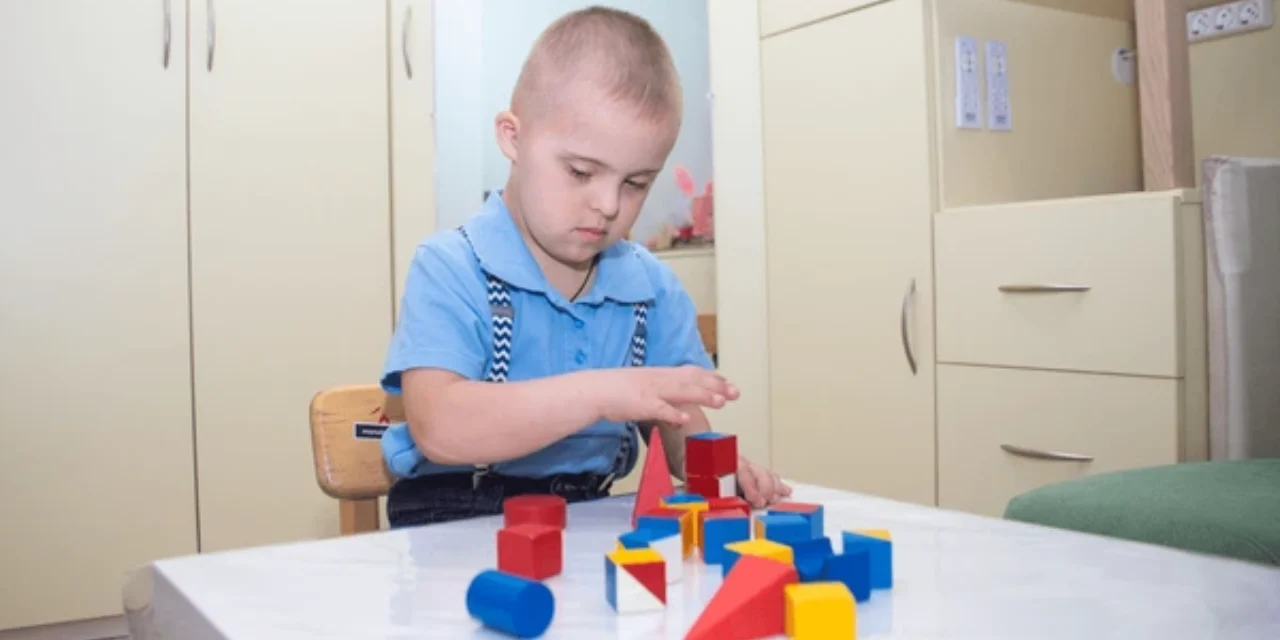
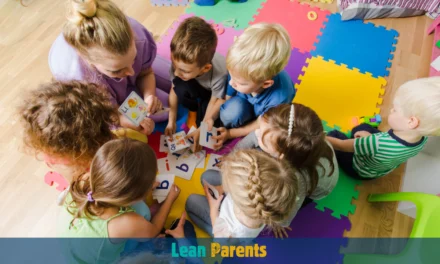
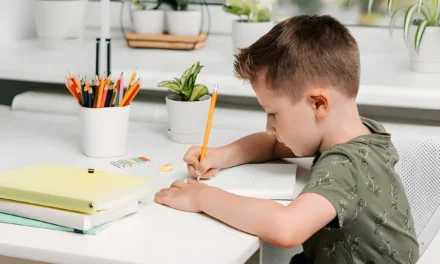
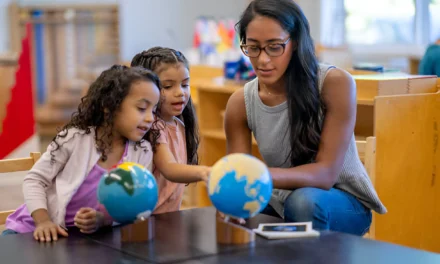
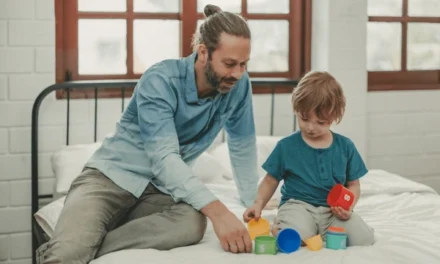
Undeniably believe that that you stated. Your favorite justification seemed to be at the net the simplest thing to take into account of. I say to you, I certainly get annoyed whilst other people think about worries that they just do not recognise about. You controlled to hit the nail upon the highest and also outlined out the whole thing without having side effect , other people could take a signal. Will likely be again to get more. Thank you
I have to show my admiration for your generosity supporting persons that really want help with this subject. Your special commitment to getting the message up and down became wonderfully functional and have consistently made somebody like me to arrive at their targets. The useful guide implies so much a person like me and especially to my peers. Thanks a lot; from all of us.
Someone essentially help to make seriously posts I would state. This is the very first time I frequented your website page and thus far? I amazed with the research you made to make this particular publish extraordinary. Fantastic job!